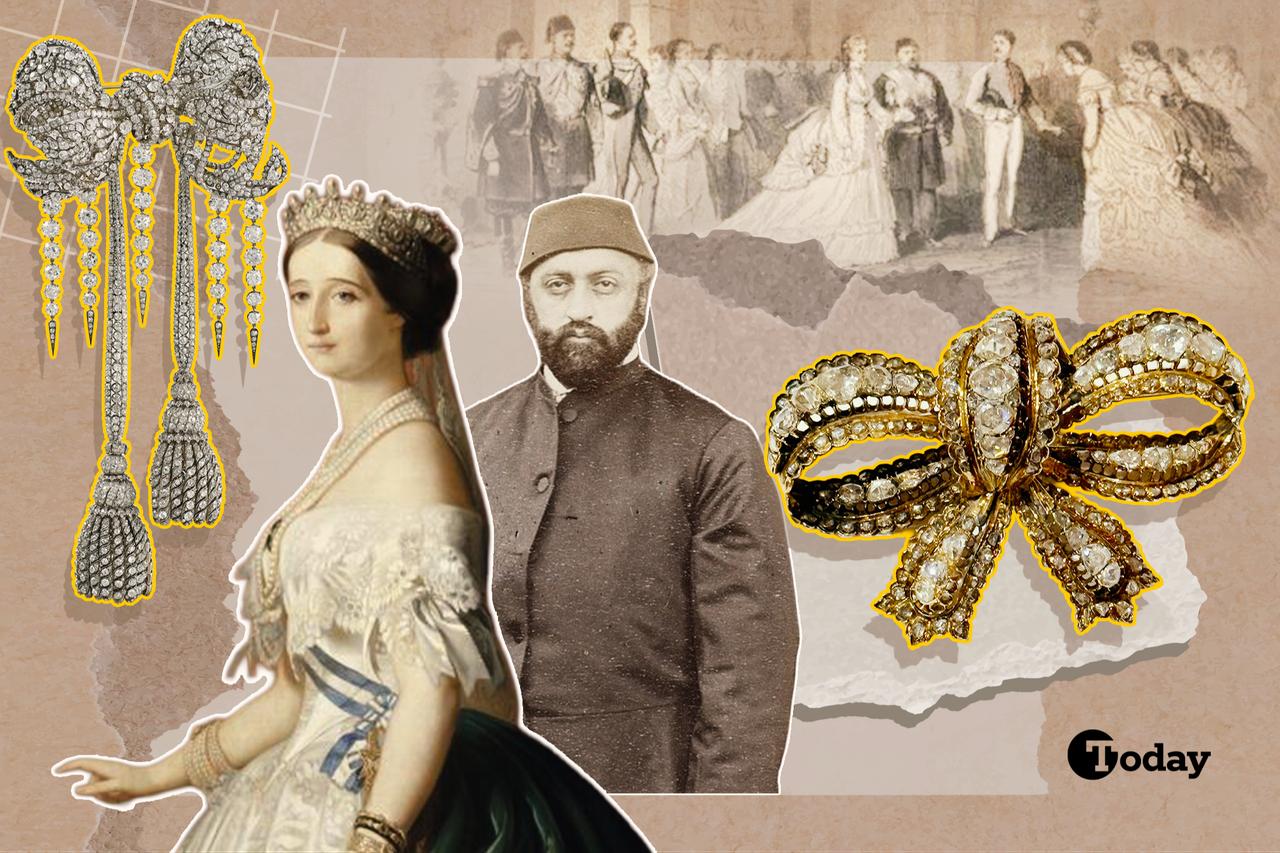
History has a way of whispering its secrets,if you listen closely…
Everyone was enraptured by the beauty of the French empress during the glittering reception at the Dolmabahce Palace, none more so than the sultan. To the side of the hall, half-hidden behind a marble column, stood a man deep in concentration. In one hand he held a pencil, in the other a leather-bound notebook, sketching frantically as he observed the empress. His attention was not drawn to her captivating smile or elegant swan-like neck but was fixed on the dazzling diamond bow belt buckle that cinched her slender waist. The jewel twinkled in the candlelight as his pencil flitted across the page.
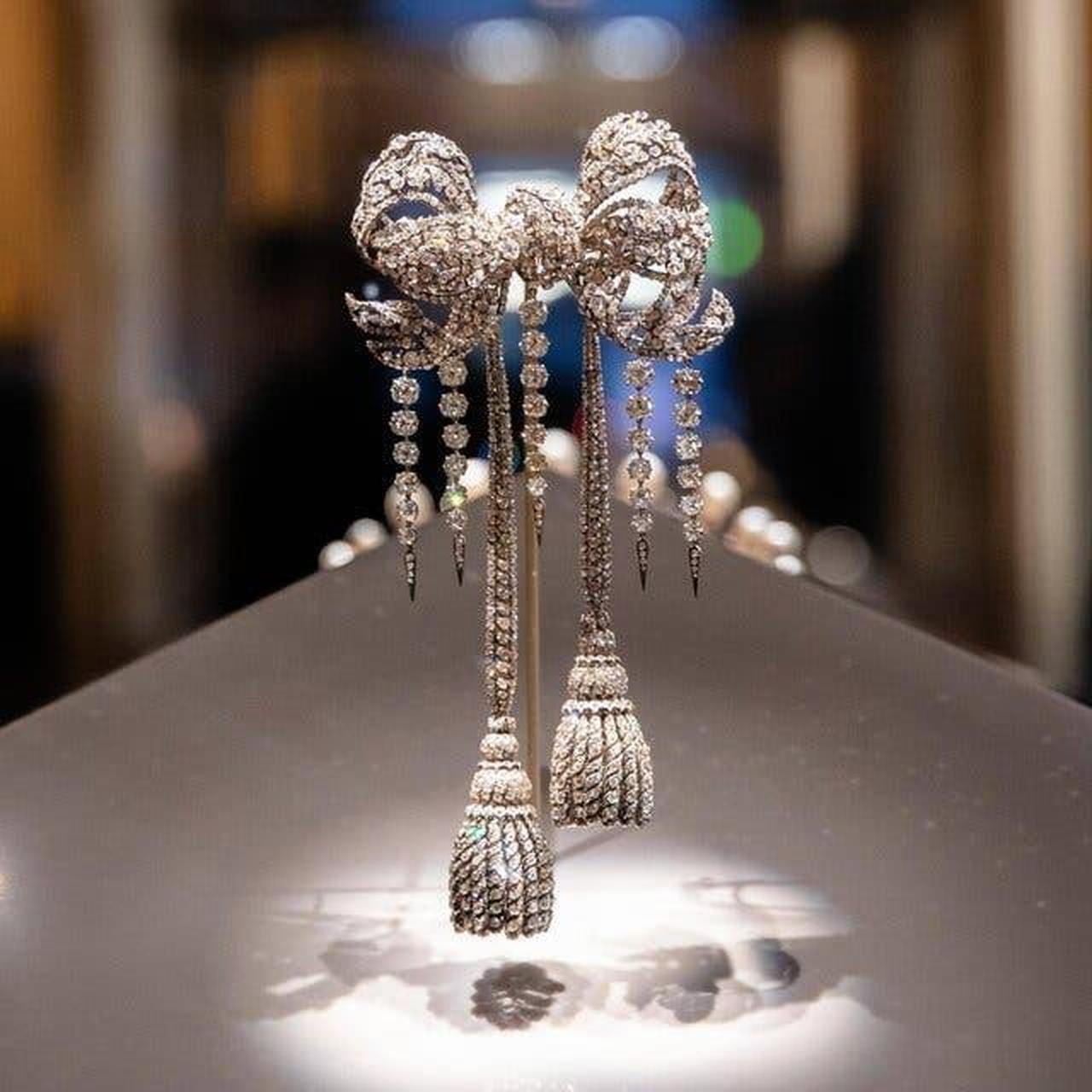
A century and a half later, news broke of an audacious theft: priceless pieces from the French crown jewels, stolen from the Louvre Museum.
My heart sank when I saw the inventory. Empress Eugenie’s diamond bow belt buckle was listed among the stolen items. This exquisite piece has a story that travels from the salons of Napoleon III’s Paris to the Court of Sultan Abdulaziz in Imperial Istanbul and finally, into the wedding trousseau of a beautiful young Ottoman princess, destined to marry the son of the Nizam of Hyderabad.
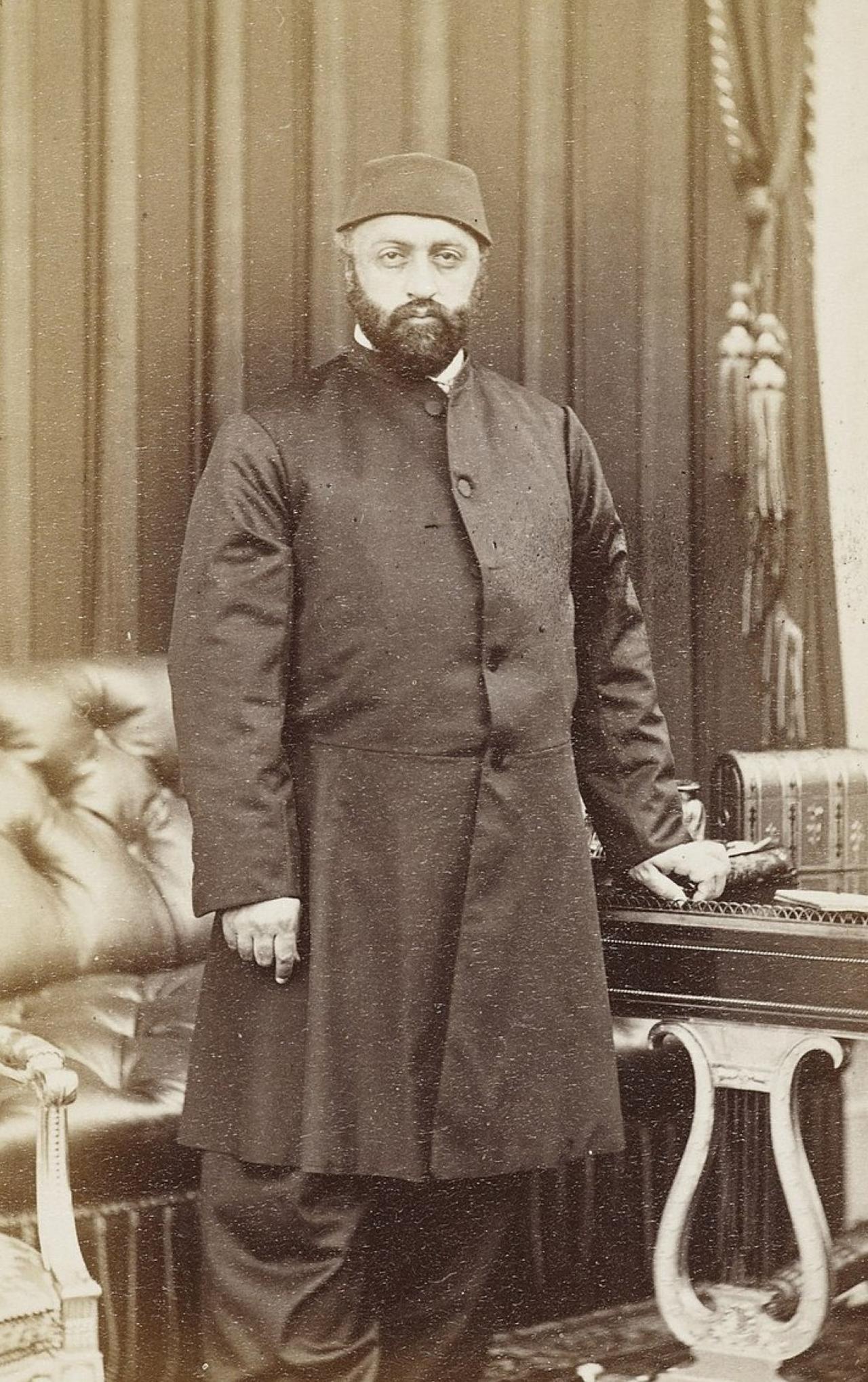
The story begins in 1867, when Sultan Abdulaziz, accompanied by his son Prince Yusuf Izzeddin and his nephews Crown Prince Murad and Prince Abdulhamid, made a grand state visit to France to attend the Paris Exposition at the invitation of Napoleon III.
It was here that the sultan first laid eyes upon Empress Eugenie. It is said he was instantly spellbound by her, and she found herself drawn to him. Rumors swirled of a mutual infatuation, an attraction that danced dangerously along the edge of propriety.
Their connection led to Empress Eugenie’s reciprocal visit, a slight detour while on her way to attend the inauguration of the Suez Canal.

She steamed into Istanbul aboard the imperial yacht L’Aigle on Oct. 13, 1869, her trunks brimming with silks, furs, and priceless jewels, among them a diamond bow belt buckle.
Empress Eugenie was welcomed in a spectacle of Ottoman hospitality. She stayed in a sumptuous suite in the Beylerbeyi Palace, her every desire anticipated by eunuchs dressed in ceremonial livery. She toured the Topkapi Palace, where she gasped at the jewels of the Imperial Treasury. She marvelled at Hagia Sophia’s sacred grandeur and Stamboul’s imperial mosques. Kucuksu Pavilion took her breath away, and the festivities and military parades held in her honour at Beykoz Meadow, which she viewed from a specially constructed pavilion, astonished even an empress accustomed to such pageantry.
In between all the excursions, banquets, and receptions, Abdulaziz took Eugenie to see his newest jewel on the Bosphorus: the Ciragan Palace. Construction was not yet complete, but he was eager to show her the finished hammam. Her delight was obvious. It seemed Istanbul had stolen her heart. Some whispered the sultan had too.
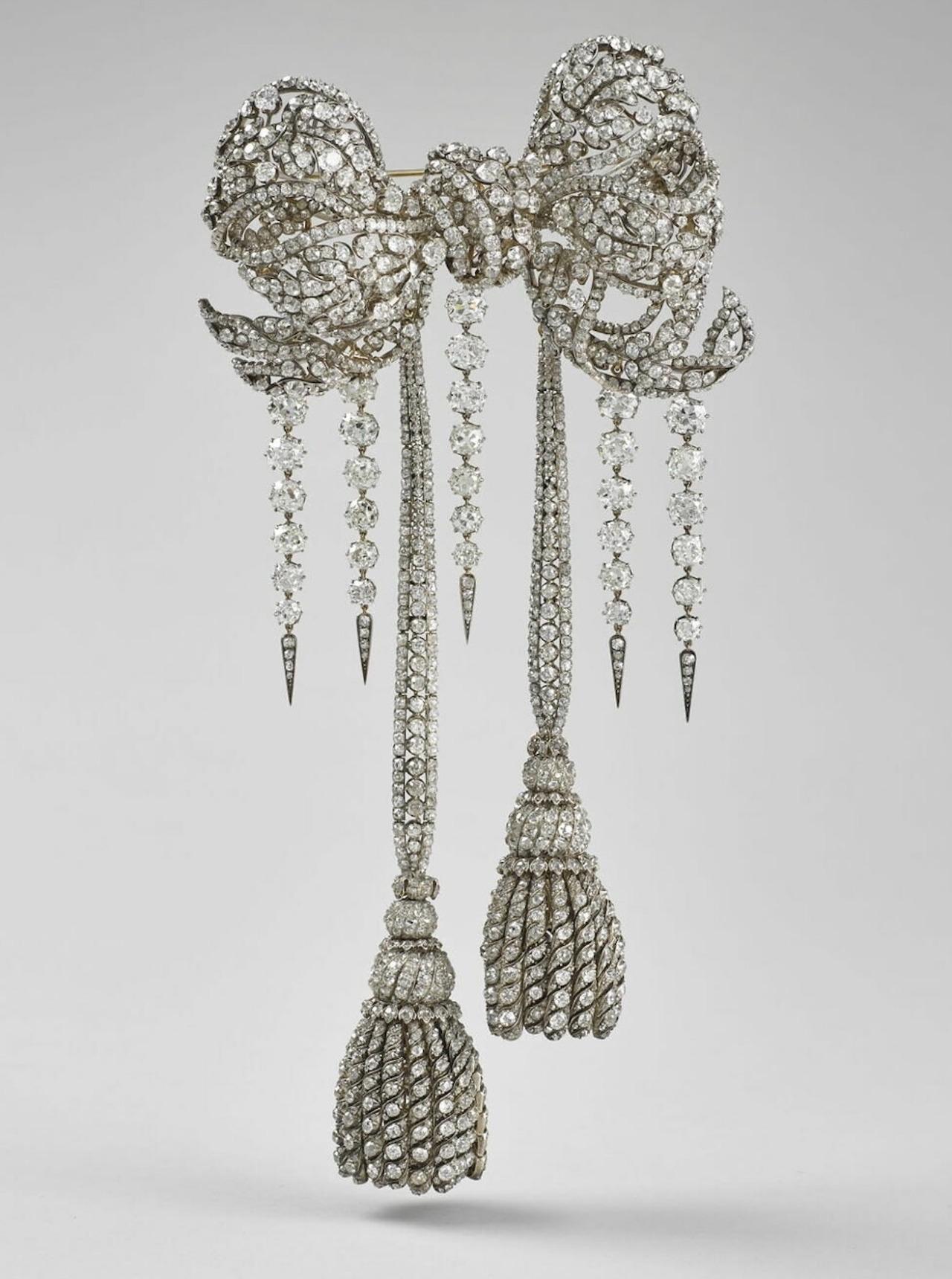
At one such reception, Abdulaziz commanded his court jeweller to produce a replica of Eugenie’s diamond bow belt buckle. He wanted a jewel that embraced the empress’ figure in a way he could not. So, as Eugenie circulated amongst the guests in the magnificent reception hall in the Dolmabahce Palace, captivating them with her charm and beauty, the jeweller sketched in his leather-bound notebook, determined to please his sultan.
We can only wonder if Abdulaziz thought of the woman who had inspired the unique commission each time he wore the bejewelled belt buckle. Upon his death, it passed to his nephew, Sultan Murad V. He left it to his son, Prince Selahaddin Efendi, who in turn bequeathed it to his eldest son, Prince Ahmed Nihad Efendi, my great-grandfather.
Meanwhile, Eugenie had the original buckle remodelled into a corsage brooch, adding the detailing we recognize today. However, the Second French Empire collapsed within a year, and Napoleon III and his empress were exiled to England, abandoning many of their jewels. In May 1887, the diamond bow brooch appeared as Lot 5 in the French crown jewels’ dispersal sale at the Louvre. It was purchased by Caroline Astor, and many accounts suggest that it remained in the Astor family until it was acquired by the Musee du Louvre in 2008.
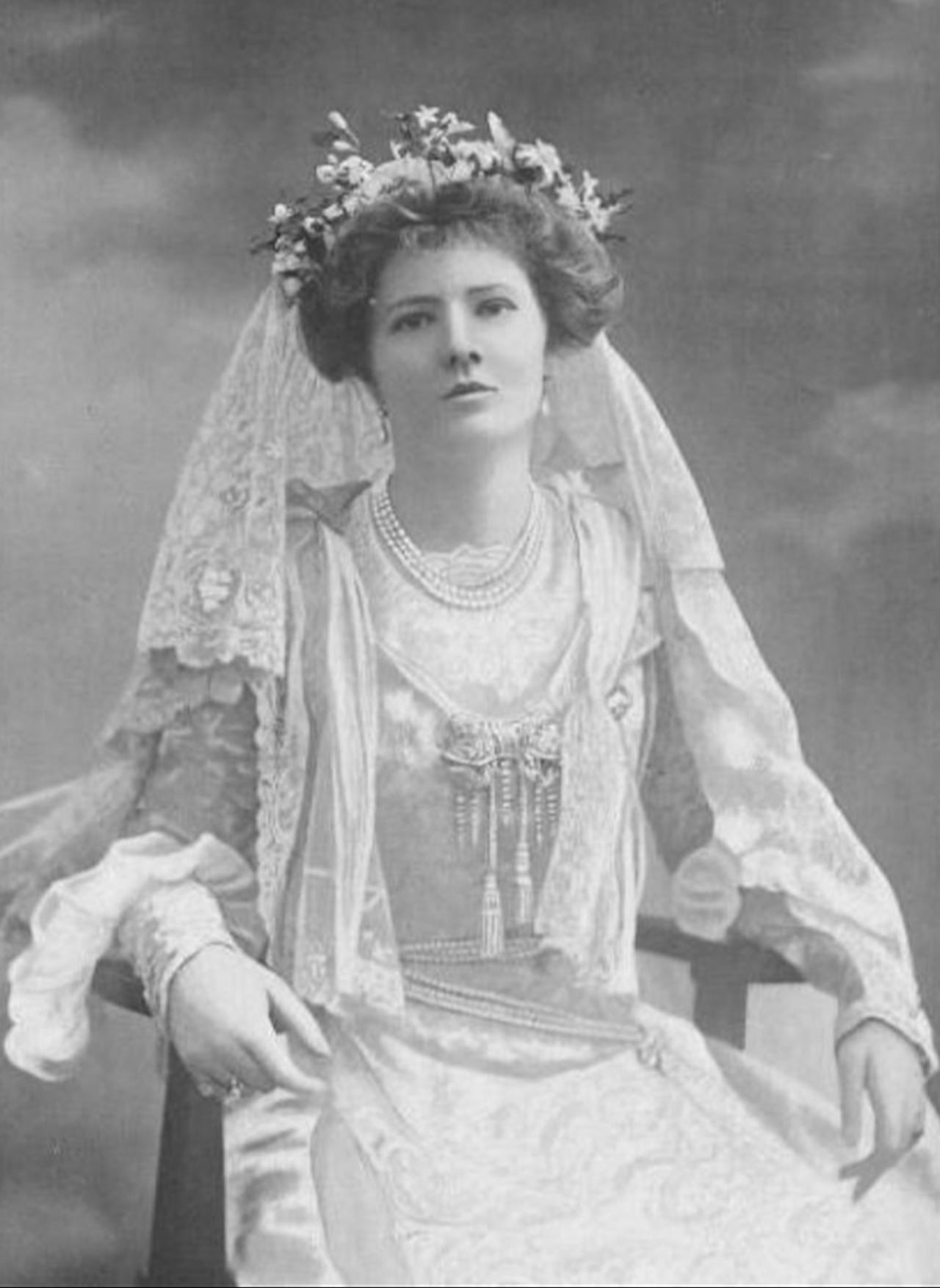
Other accounts suggest that the brooch was bought in 1902 by the Duke of Westminster as a wedding gift for his sister, Lady Lettice Grosvenor, and then came into the possession of her daughter-in-law, Mona, Countess Beauchamp, before crossing back across the Atlantic after being sold in 1980 and later acquired by the Musee du Louvre in 2008.
Since then, the brooch has been displayed at the museum so that all can admire its exquisite beauty, until it was so brazenly stolen…
But what of its Ottoman twin?
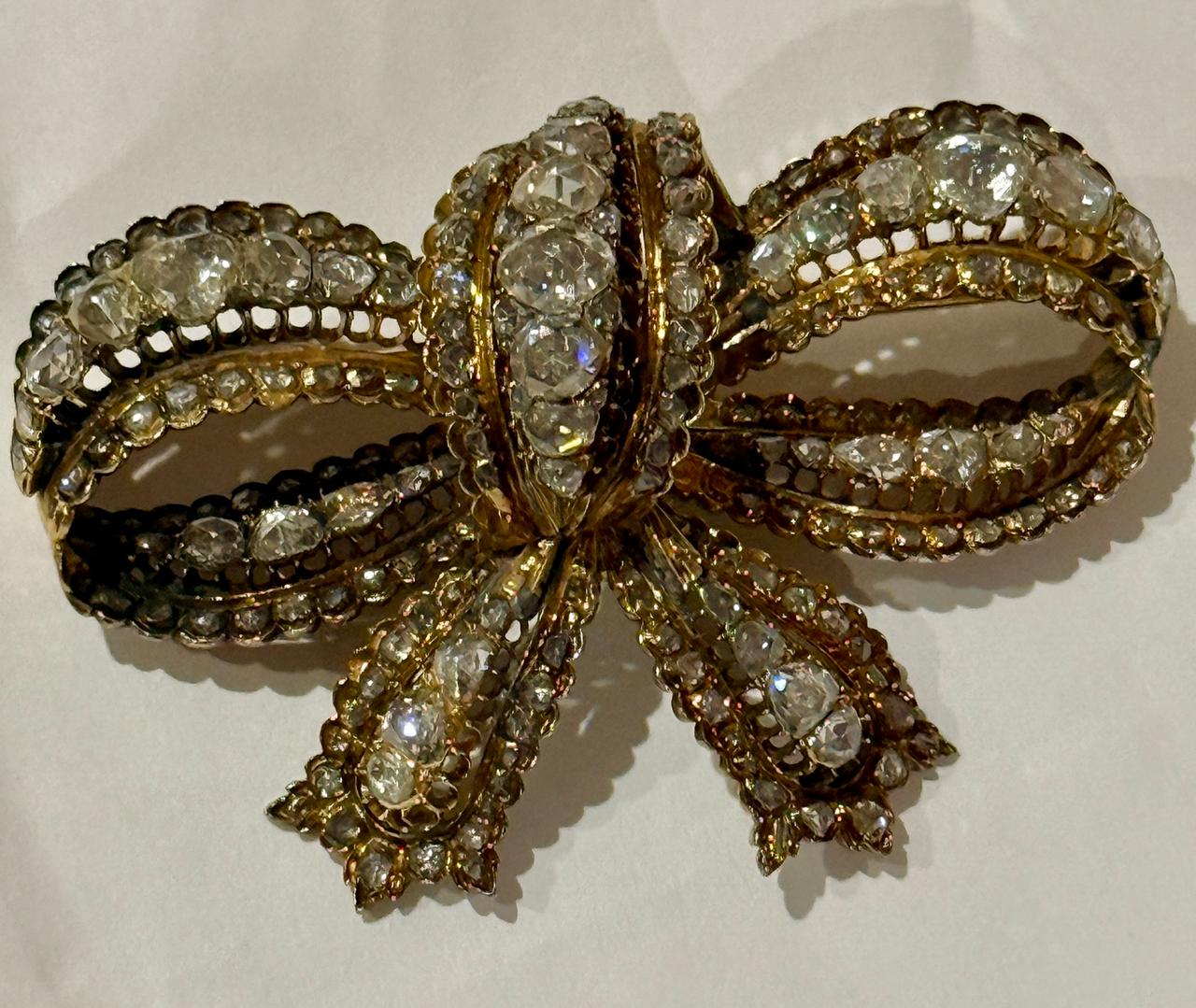
Prince Ahmed Nihad Efendi took the belt buckle with him when exiled from his homeland in 1924. In 1931, he gave it to his sister, Princess Adile Sultan, to form part of the wedding trousseau for her beautiful daughter, Princess Nilufer. She married Prince Moazzam Jah, son of the Nizam of Hyderabad, then the world’s richest man, and began a new life in India.
The diamond bow belt buckle was ill-suited to be worn with richly embroidered silk saris, and so, just as Empress Eugenie had done, Princess Nilufer remodelled it into a brooch. However, her marriage proved unhappy, and after the divorce Princess Nilufer moved to Paris,where this story began. She married an American named Edward Pope and died childless, leaving the diamond bow brooch to him. On his death, it was sold to a private collector.

And so, this diamond bow, a survivor of the fall of the Second French Empire, the Ottoman Empire, and the Princely State of Hyderabad, now rests quietly in a New York bank vault. Its fate is the inverse of its twin: unworn and unadmired, yet forever safe from brazen thieves with no respect for history.
Until we meet again in the next “Sultan’s Salon”…